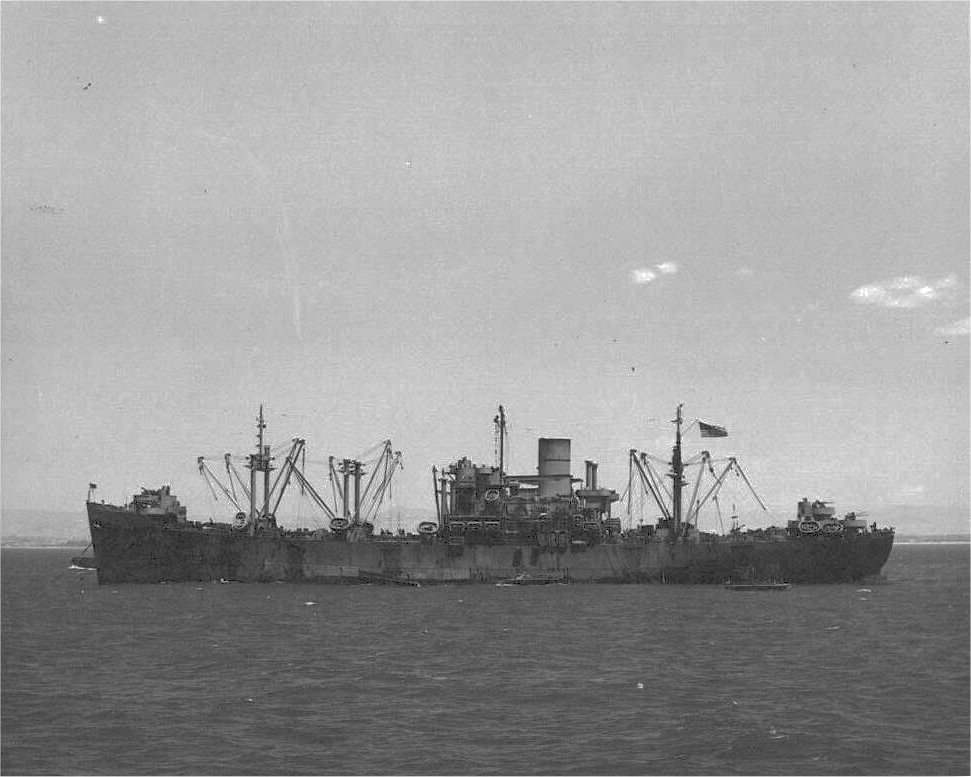
.jpg)
Our travel from Oran started on September 30th and at such time we were now becoming a part of the second front. Life went as usual aboard the transport and again and again it seems we got a raw deal in our quarters.
Our procedure was very pleasant, encountering no trouble, but still we kept up our zigzag course which we had become familiar with in our Atlantic voyage. In the course of travel we received orders to stop off at Bizerte. Here we stayed seventy two hours before we moved. It was quite a dull life just sitting and waiting with nowhere to go. The Fifth Army band helped cheer us up somewhat by its daily concerts.
Travel again was resumed and we were off again for somewhere in Italy; all believed it was Naples, but we didn’t receive any confirmation. Our Belief later proved to be correct for we spotted the Isle of Capri on October 6th and later Mt. Vesuvius and Naples itself. In our journey from Africa we had seen numerous islands but we didn’t have information at hand to identify them.
In landing at Naples, we experienced for the first time the feeling that comes with going over the side of a ship and climbing down a rope netting into a landing barge. As we proceeded from the vessel we were beginning to realize the extent of the war by the sight of total destruction meeting our eyes. However other spots not marred by acts of war were beautiful, and at first glance we knew this was going to be a paradise as compared with Africa and her meager offerings.

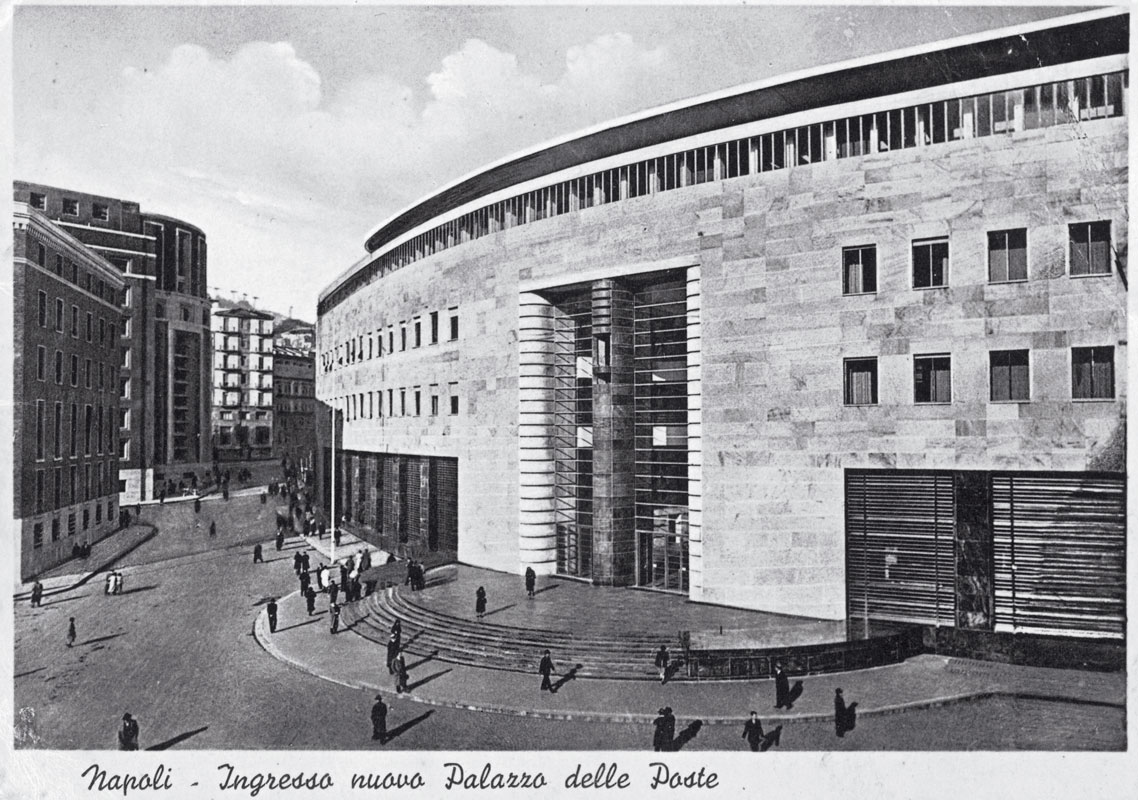
Our rooms (more fortunate than some, who were allocated only corridors) were located on the third floor, making the task of moving our weighty barracks bags up a prodigious one indeed. Finding that my back was not broken (Don Peiffer came to the rescue on my book filled B bag) my first impulse of course was to ask the fellows what they had learned in my absence. Their words were harsh and to the point, “For goo’ness sake Kushner, don’t monkey with anything, this place has only been gone over only three hours for booby traps, by the British and Americans!” As a token of a recitation for these words of warning I made a feint to open a drawer gaining a heavy scowl from Otto Seiss who threw up his hands in despair.
Some of the boys had tables, I dug up a couple of chairs to serve as a bed. Just about nine when most of us were getting ready for bed Lt. Pearson popped up in something of a dither about the disposition of our equipment and funds. He ducked out as abruptly as he’d come only to return shortly afterward with a sorry tidings that our material would have to be unloaded by us, without benefit of lights. This done, most of the fellows returned and hit they hay right away. Using a candle obtained from a mess corporal I’d temporarily befriended I started reading an Omnibus version of “Song of Bernadette”, found it so absorbing I kept reading till the end, and then blew out the remaining quarter of the candle.
The next morning it was pouring when we got up and the first activity of the day was the removal of our equipment and money to a dry corner of the glass doored entrance building. A roster was immediately set up for the guarding of both. In the middle of Kelly’s stretch the roster was changed leaving him with the alternative of doing guard from 11AM to 1PM or 1PM to 3PM. To our mutual satisfaction we agreed that I’d complete the earlier period and he would come on at one.
When I was through, along with several of the other fellows, Goldy, Jack Muir, and Otto Seiss, I received permission from Mr. Beerman to ignore the technical restriction to the building, and stroll the streets of Naples for a couple of hours. Otto and I headed for Via Roma but stopped immediately in front of our building to observe a bulldozer at work on the street facing it; a huge throng of civilians had gathered to watch the machine digging below the torn road. Nudging Otto I said “Let’s get the hell out of here, maybe he’s digging out a bomb.” Along Via Roma we picked up some of the usual souvenirs, necklaces, coral pins, etc. The purchase of a stainless scissors concluded our commercial activities for the time being and we continued down Naples’ equivalent of Bway eating up the sights.
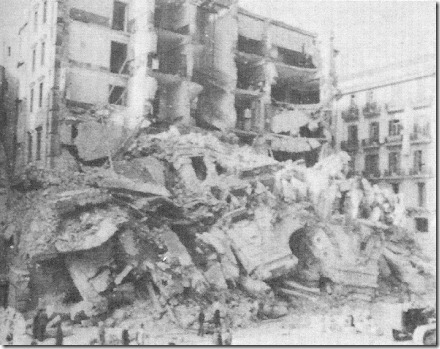
Some of our boys were up in the third floor room, amongst them, Davis, Jennings, Corle, McCarthy and McDonald; these lost no time in scooting from its vibrating, smoke filled walls to join Mr. Beerman and Kelly who’d been on guard downstairs. When Otto and I arrived we were welcomed like lost brothers, since nosecounting had been going on as soon as recovery from panic was partially accomplished. While waiting for the others we could do little but observe the havoc wrought by the Hell inspired Nazis. Fully three floors were completely shattered in the left wing under which the bomb is believed to have been placed. Huge iron construction beams were twisted into helpless shapes as if by Superman. A final roll call revealed all to be present but Goldenburg who was believed to have gone for a haircut when last seen.
The bull session which had been in progress ever since the first group had gathered on a street corner to round up the 13th FINANCE men came to an abrupt conclusion when the signal was given to evacuate the building, but pronto. This was one job at which no one goldbricked. Throughout each of us experienced the tenseness brought on by thoughts that the building was unstable, that another bomb might finish us off, by the clouds of smoke and dirt choking the hallways, as we struggled to move our barracks bags down into trucks. I didn’t think twice about half kicking and half rolling them down the long staircase to the trucks. Then followed the job of moving our equipment and money on to the trucks. As if there were not enough trouble in one day a strong downpour began, complicating this rush operation. [Three pages of the story are missing, and have been filled in from interviews with Hank]
The next day we wound up in a new location. I think it used to be to train the Italian airmen. The building used to be a combination of laundry and bakery. Because it was a bakery, it had a lot of shelves, and we would fight for the best shelves.
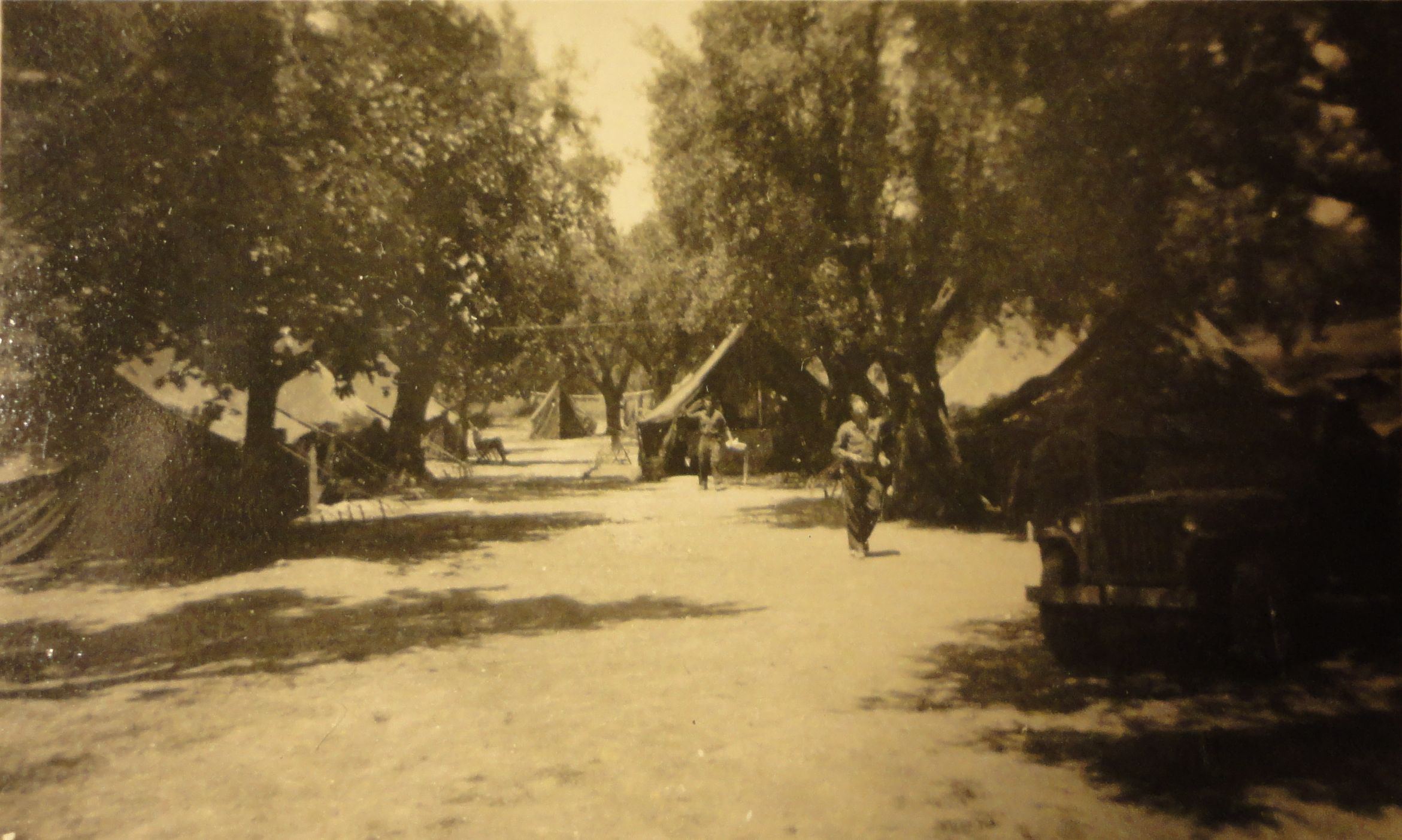
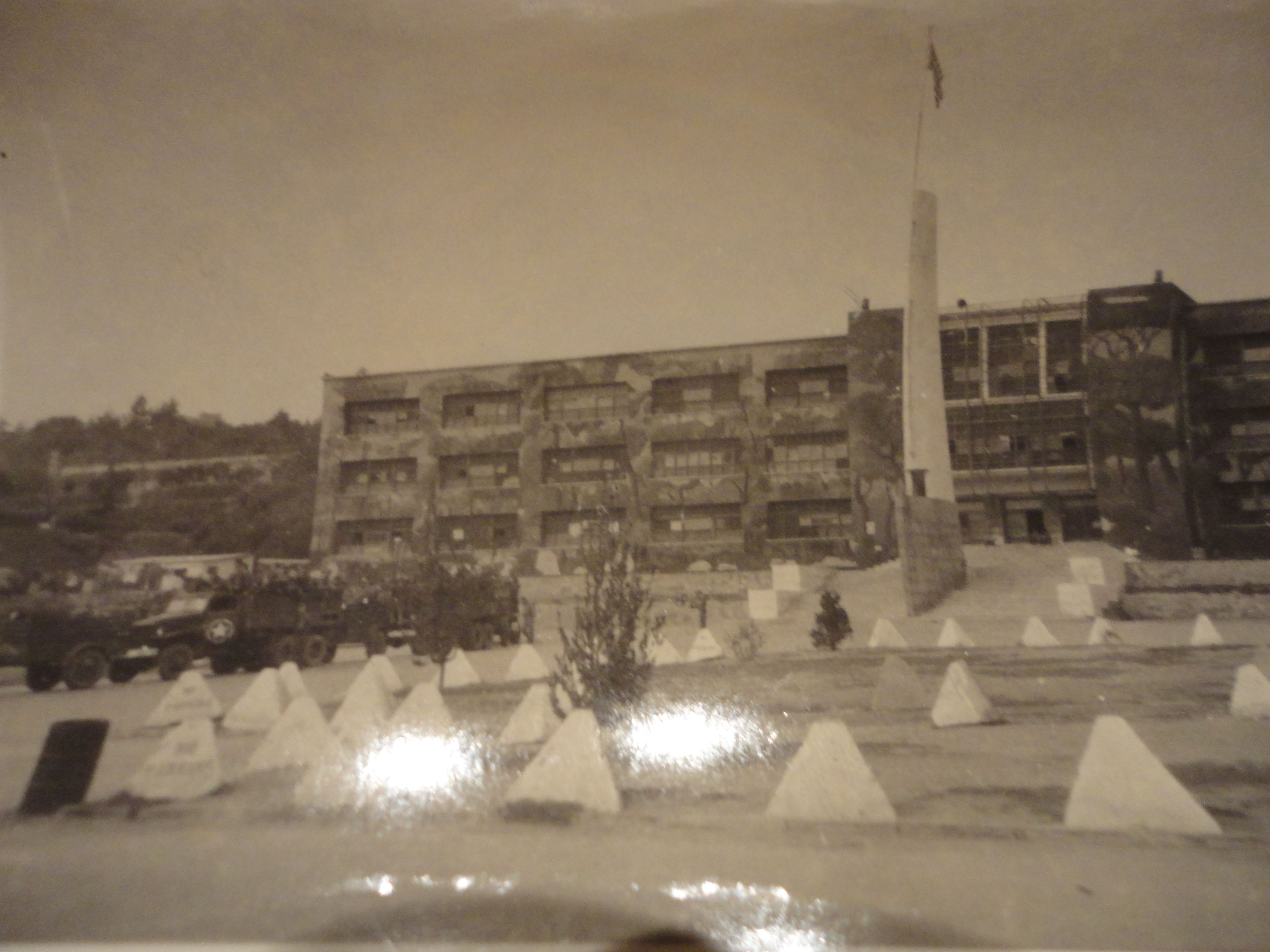
fore the wearisome ride came to an end we found ourselves crossing the Caserta R.R. station. Here was ample evidence of the goof marksmanship of American bombardiers. The place was a complete shambles, freight cars lay overturned, their loads of machine guns and ammunition crushed and burnt beyond recognition. Many of the houses bordering on the railroad line also suffered the fate of the rolling stock, were left a useless mass of stone and plaster, or with gaping holes in their interiors.
Our new quarters were located on the sixth floor of the Palazzo Reale (Royal Palace) of Caserta, a gentle climb of some 200 odd steps, while as an office we were assigned part of the building of the Banco d’Italia, in town. All of our personal equipment was shed in one of the Palace courtyards, then I was appointed guard over it, while the others drove to the office to set up. Glenn was being escorted around the Palace by Sgt. Comer of Fin. Adm., in a search for our quarters. Just what took place at this juncture will forever remain a mystery. Seated on a barracks bag, my carbine between my legs and resting on one shoe, my peace of mind and almost of body, was suddenly broken by a sharp report …. from my carbine. One two minutes after this unhappy event Gen. Clark and his entourage filed through the same courtyard in automobiles. Dreadful thought of my sorry fate in the event the shot had come off at that time, gave way to reality, in the form of MP Lt. who’d been parked in a jeep a few feet away. He asked the cause, and mumbled some feeble explanation. The usual name, rank, and serial number jotted down, he departed with words of caution.
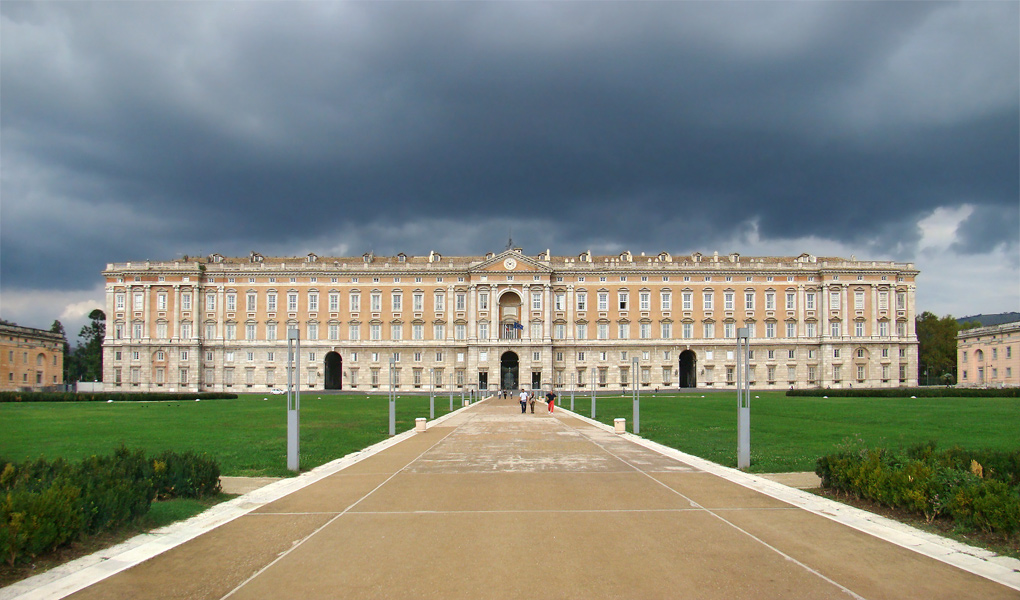
The next morning the Major received a letter of severe criticism and was obliged to penalize me. Generously enough he gave me my choice of court martial or company restriction and without a moment’s hesitation I selected the latter. Since I was in effect restricted to the town and the castle and most of the entertainment in the evenings took place at the castle, the restriction did not really hamper me. However I did not relish the idea of a blemish on my service record. Scouting through the A.R.s Bob Sanford and myself lit upon a paragraph which forbade co. punishment from being entered on the S.R., and resulted in its eradication. Looking back over it all I can only say that was one hell of a way to initiate a carbine…for the round I fired in the Palace yard was the first ever to leave that bore.
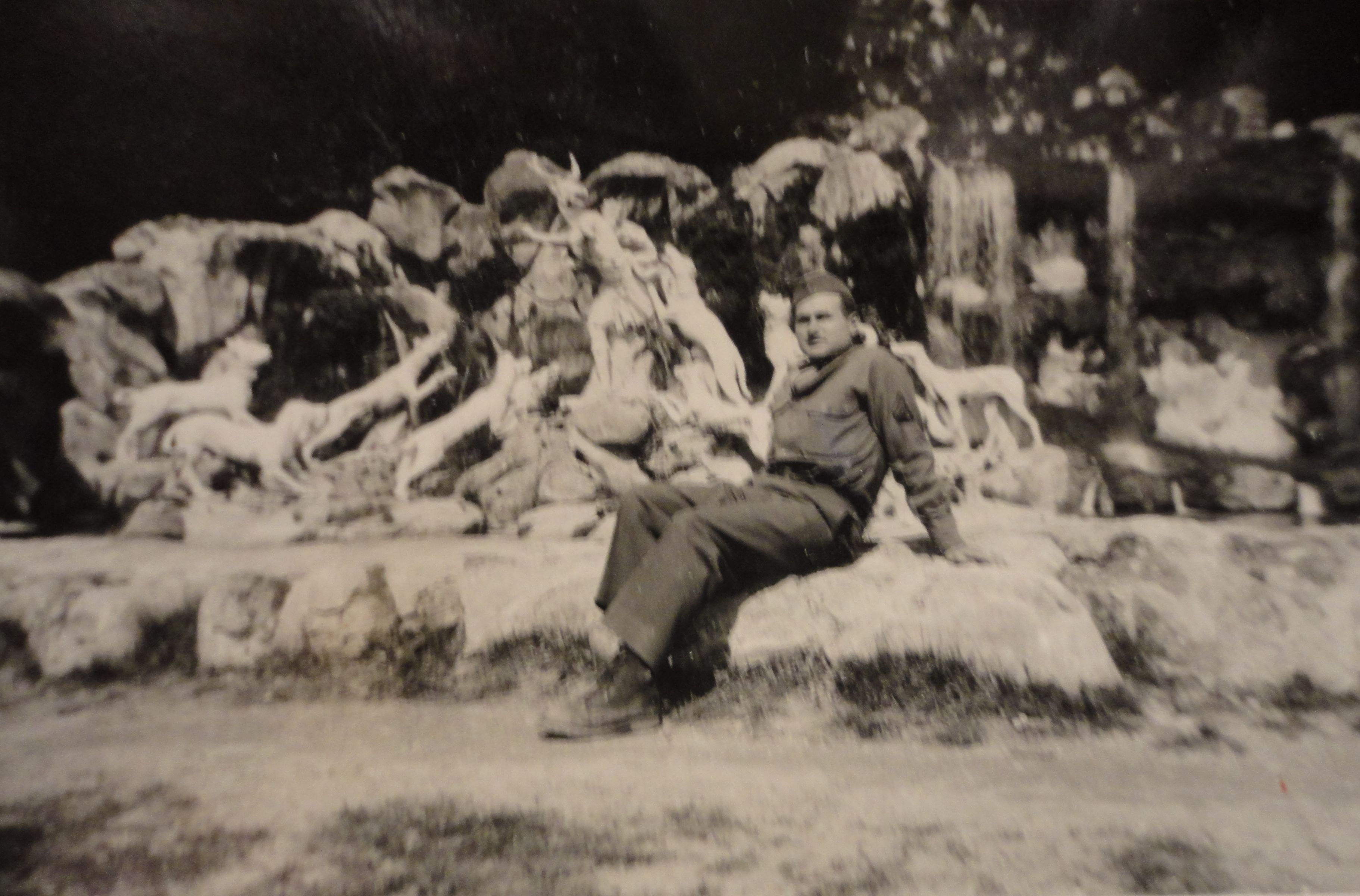
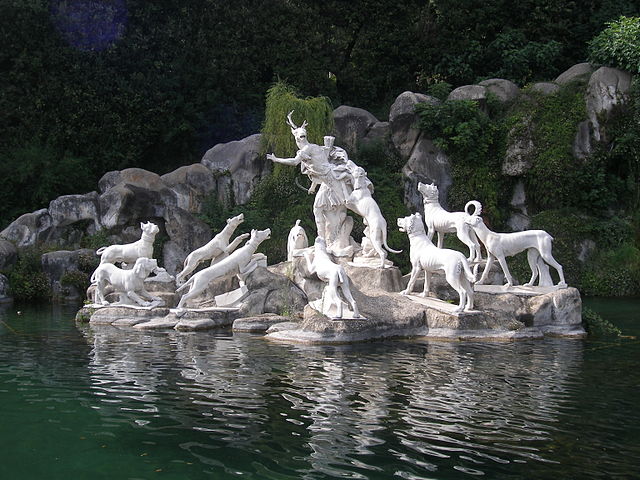
Once settled on the boards at the sixth floor room (I slept on a bank counter the first night) I did a little bit of exploring. The Palace was originally used by King Ferdinand, more recently as a summer home for Victor Emmanuele, and just before American occupation as the chief Italian Air Academy. Its style was classic, and size such as to make it second only to that of Versailles. The beautiful landscapes and Cascades, scene of much photography, edify an already scenic panorama. (For complete details, see attached supplement).
In my exploration the first few days I picked up many books in different languages. The French and Italian ones proved useful but those in Slovak tongues I left. I later gave most of the Italian ones to Nino, the bank director’s son who was studying engineering-construction.
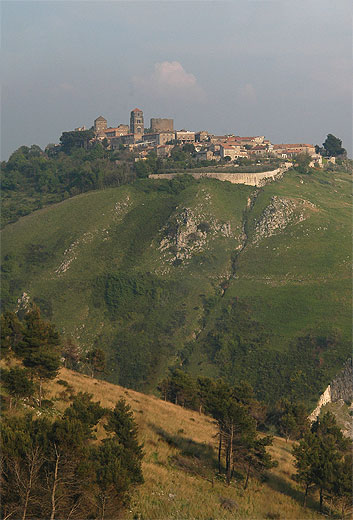
Permanent guards were left at the office, which they used as sleeping quarters at night. They were Mansfield, Sanford, Peiffer, and Van. With the arrival of MPs on regular duty, Van was able to be relieved. At first the going was tougher on them that it was on us, since the Palace facilities, Red Cross, movies, etc, offered more than the office. Later on they reaped a rich harvest, remaining comfortably ensconced in the office with its lights, heat, letterwritting facilities, and tri-weekly show relief, to say nothing of all the moving avoided. Once established on the sixth floor, we stayed there only long enough to be annoyed by air raids which made a scamper into the dark down the cellar and trudge up again for several nights. Some of us like myself tired of the whole thing and with full trust in God, ignored the siren. From these lofty quarters we moved to the first floor where with the acquisition of radio and cots we were fixed better than we’d ever been, overseas. But that was too good to last and we had to vacate, moving in turn to the second flood, then back to the sixth, to another on the sixth, thence for one night, in a sixth floor bomb crater, and finally to tents just west of the Palace. Fortunately for me, my command of Italian was sufficient for me to enlist the aid of Italians in some of the more arduous phases of these movements, especially moving of those bedsprings Jack and I slept on, secured through a secret deal with an Eytie Mareschal. In time we came to consider the tents, provided by Hdq Co., as the best deal of all, this despite the intense cold and dampness during wintry nights. But at least there were not the 200 to be climbed at least twice daily. To combat the cold various approaches were employed. Frank McD. established himself as a two sweater man early in the campaign, using a full set of woolen underwear, fatigues, raincoat and overcoat, and summer underwear to supplement the blankets and shelter half. He also donned a homemade beanie to round out the picture. I took of the headgear idea from Jack Muir, found it mighty effective. My main weapon against the cold was an entangling alliance between my blankets and me ... a usually hopeless knot by morning.
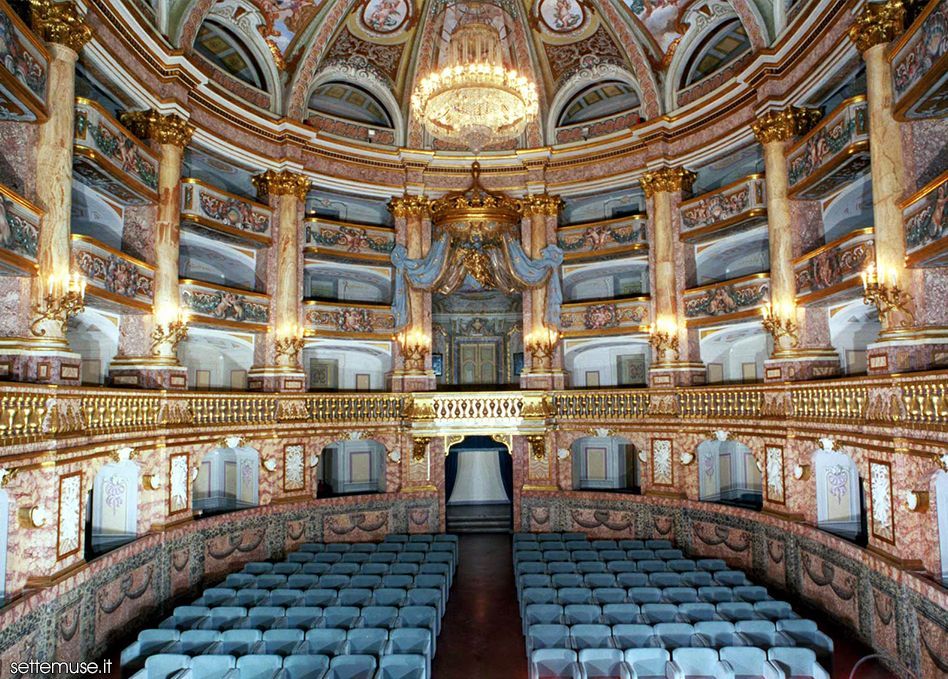
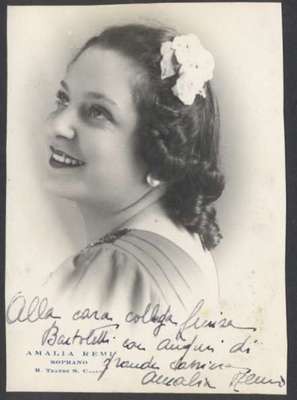
At a New Years Eve party given by Hdos Co. I did my first dancing with Italian signorines. There I met two gals, Maria and Pasquina and natcherly, their mother, who was there as chaperone and to collect as many sandwiches as she and they could get away with. I soon learned the main reason Italian girls came so readily to these American dances was so that the retinues they bought with them could accumulate enough food to stuff the larder for weeks. That however did not concern my and singling out Maria I decided to sound out the small town Italian girl in ways romantic. The bit of Italian I knew permitted me get along rather well at several visits I paid to their home, but always there was the third party present and never would either of the girls leave the sanctuary of home, so quite disgustedly I gave the thing up, wrote it off to experimentation.
Whenever a slack period in our varying work cycle presented it, we either got passes to roam about “Caserta & Vicinity” or took educational trips. The most notable amongst these were the ones to the Ruins of Pompeii, the visit to Vesuvius, and to the 48th section at Venafro, although this latter was more social than educational.
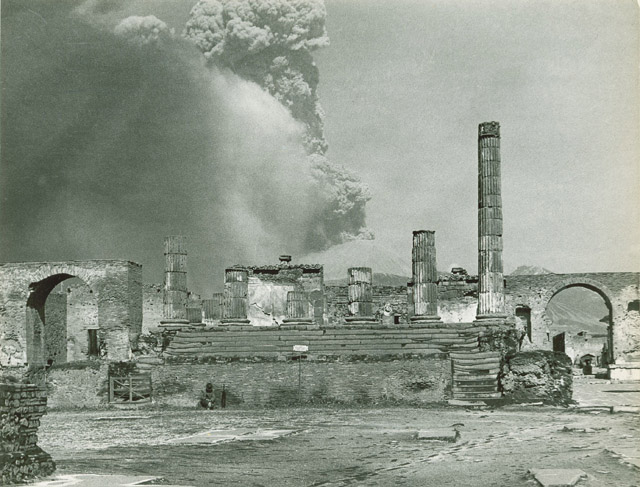
Despite all the foregoing these people were far advanced in the realm of art and some of the paintings and sculptured work which survived the ancient and more recent ravages of Vesuvius lava and the still more recent American and German bombings, were of a distinctly superior type. Even today we’ve never been able to duplicate the mysterious red tint used as a background for a series of murals depicting cherubic activities at Olympus.
The entrance to the tour was reminiscent of Coney Island days with vendors of all descriptions selling fancy rugs, tapestries, coral, 5 & 10 cent jewelry, peanuts, hazel nuts candy, etc. That in itself was a sight worth seeing. After we’d had our fill of Pompei’s ruins, Lt. Pearson generously treated us to a swell dinner in a nearby restaurant, the tastiness of the meal being tempered by the throaty strains of “Oi Marie!” sung by the plate-passer.
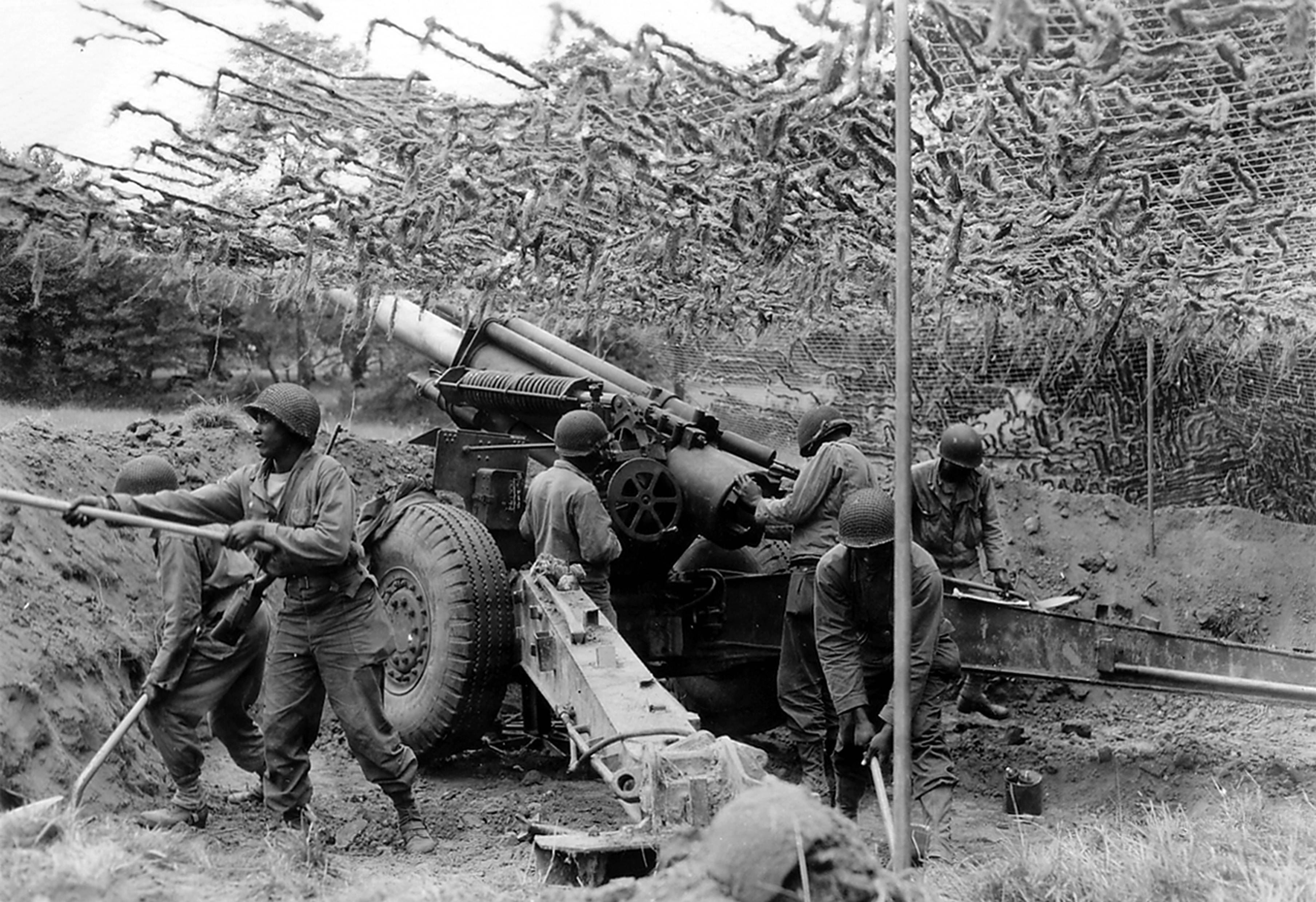
I unfortunately missed the trip to Vesuvius and shall never be able to see it as it was when the others went. For a few months later she blew her top and took on an entirely different form. As a matter of record, here is on the spot reporter, Frank McD.’s eye-witness report.
“The climb of Vesuvius I believe proved the most interesting of all. It offered more excitement and proved to be quite an undertaking. As at Pompei we had a guide and he told us various events about the mountain. In telling us the important events of the different periods of activity, he made reference to the flow of lava in 1942, 1929 and ’06 etc. All in all our climb to the top took about an hour and a half. Upon reaching the top we found some of the lava of ’42 still warm. In other words, it could be known as the largest cigarette lighter in the world for numerous fellow of the group did just that.
“Once we had reached the top we had to start down again for everything that goes up must come down. That is to get into the crater. Mind you this wasn’t the active cone or crater, but the one of old. To reach this point one had to pass through various gases, smoke, and sulphur fumes. Jack Muir was the only one to turn back for the fumes were too much for him since at the time he had a deep cold. In passing down and around the present cone it had to be timed just right or you would be covered with hot ashes, and at times hunks of the real thing. This is the point at which you moved at top speed. It is known that Vesuvius blows every one to three minutes, and its during that lapse of time you make your crossing. When reaching our destination at the top we found natives there making souvenirs with the hot stuff by placing coins, etc, into a hunk of it. Our closest point to the flow carried us within a foot or two of it.
“While at the top she blew several times and down came the ash. You could hear it landing close by and you would think it was going to get you, but thank goodness we were out of range. One could also hear the hot matter in the crater moving about, and it sounded almost like you were at the seashore when there were high waves. This didn’t take the fancy of certain individuals and they were ready to get out. As for me I felt as if I were walking on borrowed time. Since the feeling was unanimous and we all had souvenirs we started back. When we met Muir again we had our lunch which consisted of X Rations, and it was atthis point apples were baked. This was alongside the flow of 1942. When we finished eating we continued downward. The going was pretty rough but a good many of the gang still ran and came though without a scratch. Our party consisted of the Major, Sanford, Davis, Muir, Peiffer, Aldrich, Golenber, and myself. We had a swell time. The idea was furnished by Mr Beerman for he had climbed it a few days before.”
On Dec. 15th, 1943 Lt. Pearson received an early Christmas package he’d been expectantly looking forward to for some time, namely, a pair of silver bars. This set up a continuous train of speculation as to whether he could be the Major to the next promotion. At any rate the Lt. was highly pleased by his advancement and all of us basked in the super geniality beamed from his direction.
For some reason Caserta seemed to be the ideal meeting place for buddies from the States. It was there that Jack met his friend Lt. Mae, that Glenn met Jim and “Doc” (since killed in action), McCarthy met Crane Garren, and I had a reunion with Kenny Rubin. Kenny was at the 5th Army rest center for a couple of days so I managed to get a pass for one of them and we spent most the day having one continuous b.s. session.
Taking advantage of another of our slack sessions the Major and Lt. hunted out a mountain point to serve as a temporary rifle range. Then with carbines, and helmets, and dressed in fatigues the Lt. drove half the outfit there for the first official firing of our weapons. None of us did too well, I was particularly corny at it. When the Major and Mr. Beerman took the other half of the group a two dollar prize was set for high scorer, which was neatly copped by Don Peiffer’s supper 40 out of 40 tally.
_unknown.jpg)
Salvatore seemed more loyal to the bank establishment and when our Officers ruled that Italian civilians must stay off our premises unless on official business we didn’t see too much of him, Nino seemed to be the slickest of the lot. He was quite a personable chap and spoke a little English tho he never was quite able to comprehend the differences in that tongue as interpreted by the British on the one hand, and the Americans on the other. Several times I spent an evening with him discussing the Italian language and the status of Italy, the latter a subject being his primary interest in life. On another occasion I went upstairs and had a pleasant evening with the family. Yet there always seemed this undercurrent of uncertainty as to whether these people were acting more out of fear because of possibly dubious Fascisitc tangles in the past or out of real friendship. The question was most pronounced in the case of Nino’s bank director father, colorfully dubbed “Frog-Voice” by the boys, who always bent over backwards to make certain our officers and men were pleased. In our presence he always assumed the attitude of mixed solicitousness and humility so often associated with the Japs before Pearl Harbor.
Nino’s three sisters and their friend Vittoria seemed innocently nice enough. Little Valeria was a charming little creature and Iola, next to youngest was nice to talk to. The eldest had quite overgrown the respectable bounds of a nice figure, was in fact a sizeable hunk of obesity.
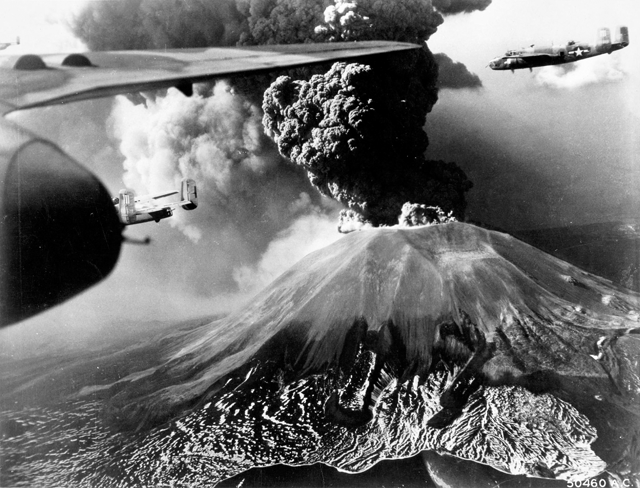
[Vesuvius erupted on March 17th 1944]
[Returning to the adventues Hank experieneced due to his hearing problem]
Another time [in Caserta] I was taking a walk with my favourite comrade, Paul Kelly. He was my favourite because his name was right before Kushner. We went into the back of the palace the British were in change then. There were a couple of guards. Kelly advanced and found out what the guard wants and he obeys the command. I don’t know what the guy is asking, so I can’t obey the command. We get into a whole big commotion, and the pay-off is that eventually I am instructed “Don’t ever try and come in the back way, come in the front way and show you papers”.
I got there [Anzio] after the trouble. June 6th was D-Day. I was in the woods before we went into Anzio. I had the radio hanging over a branch and I heard a lot of rumblings from the airplane. Then I heard on the radio that they were attacking in Normandy. When we got to Anzio, the balloons were still there.
_1944.jpg)
[Hank also spent some time in Rome, in June 1944]
After Anzio we wound up in Firenze. I had to sneak into Frienze as it was still off limits. I bought a nice bottle of sweet wine. I made one tragic mistake, I tasted it. And then I re-tasted, and kept re-tasting it. By the time I got back, I was ashamed to show them the bottle. And then you had to be careful where you walked, in case you stepped on a mine.
I remember going into a bar in Firenze, and outside they still had this protective cover to keep people from trying to break in. It was all very educational. Especially if you had to go to the John, as the John consisted of a hole and two places to put your feet.
Whilst in Firenze, Hank stayed in Sant'Orsola, a former monastery, which has been converted into a tabacco factory in 1810.
See here for history on the tabacco factory, and here for information in Italian.
I spent some time in Verona, in the albergo La Gabbia D'Oro. “The golden cage”. We had a very nice girl who did the laundry and the bed. Her name was Vonda.
Find out about Hank's training: Training in the USA
Read about Hank's time in Algeria: Atlantic Crossing and Algeria
View some of Hank's photos from his time abroad in the gallery